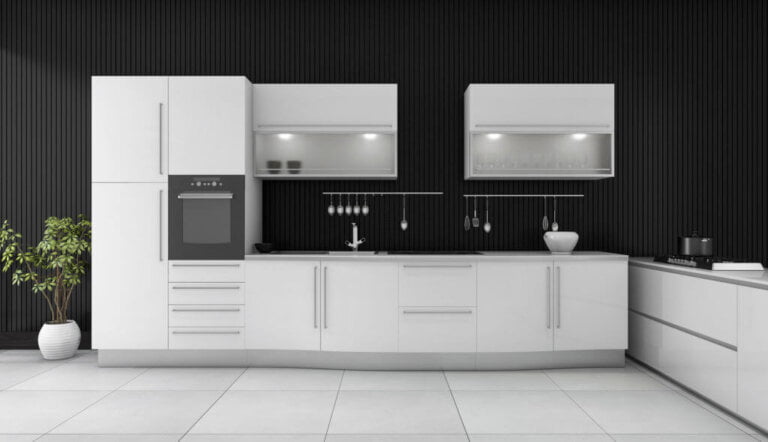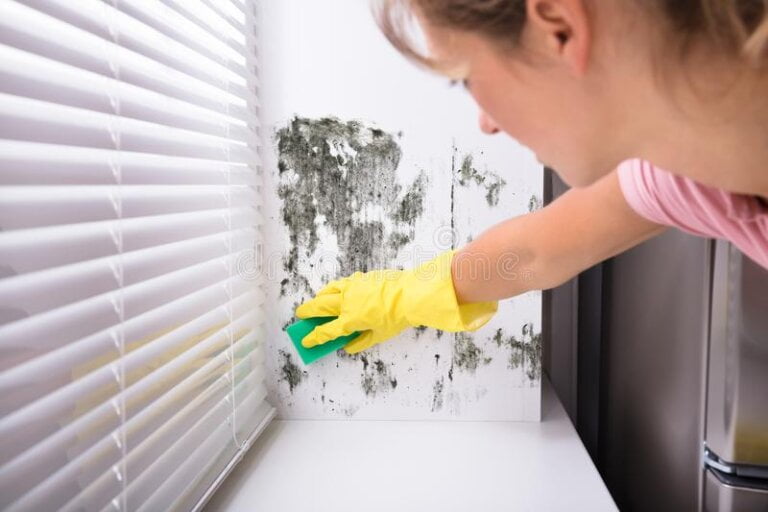Easy House Painting: A Guide for Beginners
Introduction
Painting the exterior or interior of your home can be a daunting task, but with the right tools and techniques, it can be made easy. Whether you’re looking to freshen up the look of your home or change the colour entirely, a new coat of paint can make a big impact.
In this article, we will cover some essential tips and tricks for easy house painting, including preparation, paint selection, colour selection, and application techniques.
Preparation for Easy House Painting
Before you start painting, it’s important to properly prepare the surface you will be working on. This includes cleaning, sanding, and filling any cracks or holes.
Cleaning of Wall:
Begin by removing any dirt, dust, or debris from the surface you will be painting. This can be done with a pressure washer or a simple solution of water and mild detergent. Make sure to pay extra attention to areas with mold or mildew as they require a specific cleaning solution.
Sanding of Wall:
Sand down any rough or uneven areas on the surface to be painted. This will help the paint to adhere better and provide a smooth finish. It is also important to remove any loose paint, as it can cause the new paint to blister or peel.
Filling in the Wall:
Use a filler to fill in any cracks or holes in the surface. Allow the filler to dry completely before painting. Some of the common fillers are wood filler, caulk, and spackling paste.
Paint Selection
Choosing the right paint for your project is crucial for achieving the desired look and finish. Some important factors to consider when selecting paint include the type of surface you will be painting, the desired finish, and the quality of the paint.
Type of surface:
Different types of paint are designed for specific surfaces. For example, oil-based paint is typically used for wood surfaces, while latex paint is best for walls and ceilings. It is important to choose the right type of paint as it will affect the durability and finish of the paint job.
Finish:
There are a variety of finishes available, including gloss, semi-gloss, satin, and matte. Glossy finishes are best for high-traffic areas or surfaces that are frequently cleaned, while matte finishes are best for low-traffic areas or surfaces with imperfections. A gloss finish will reflect light and can make a room appear larger, while a matte finish will absorb light and create a softer look.
Quality:
It is important to choose a high-quality paint for your project, as it will provide better coverage and durability. A high-quality paint will have better pigments, binders, and resins, which will give you a longer-lasting paint job.
Colour Selection for House Painting
Choosing the right colour for your home can be a challenging task, but it is important to select a color that you will love for a long time. Here are some things to consider when selecting a colour for your home:
Consider the lighting:
The lighting in a room can affect the way a colour looks. A colour that looks great in natural light may appear different in artificial light. It is important to test the colour in the room where it will be used.
Consider the architecture:
The architecture of your home can play a role in the colour selection. A traditional home may look great with a classic colour, while a modern home may look great with a bold or trendy colour.
Consider the purpose of the room:
The purpose of the room can also play a role in colour selection. A bedroom may look great with a calming colour, while a kitchen may look great with a bright and energizing colour.
Application Techniques
Once you have prepared the surface, and selected the paint and color, it’s time to start painting. Here are some tips for easy and efficient painting:
Use a paint roller because painting is made easy with a roller:
A paint roller can cover large areas quickly and evenly. Be sure to use a high-quality roller cover and roller frame to avoid drips and splatters. It is also important to use a roller with the appropriate nap for the surface you are painting, for example, a short nap for smooth surfaces and a longer nap for rough surfaces.
Use a paintbrush for Simple Painting:
A paintbrush is great for cutting in around edges and corners, or for touch-up work. Be sure to use a high-quality brush and to clean it thoroughly after use. It is also important to use the correct brush for the type of paint you are using, for example, a natural bristle brush for oil-based paints and a synthetic brush for water-based paints.
Use a paint sprayer for effortless house painting :
A paint sprayer can cover large areas quickly and evenly and is great for exterior surfaces. Be sure to use a high-quality sprayer and to wear appropriate safety gear. It is also important to practice with the sprayer before using it on the actual surface to avoid overspray and drips.
Also, Read our blog on DIY Painting
Conclusion
This guide is all about easy house painting your home can be a fun and rewarding project, but it’s important to approach it with the right tools and techniques. By properly preparing the surface, selecting the right paint and color, and using efficient application techniques, you can make your painting project easy and enjoyable. Remember to take your time, be patient, and enjoy the process, and you’ll be sure to achieve the desired look and finish for your home.







